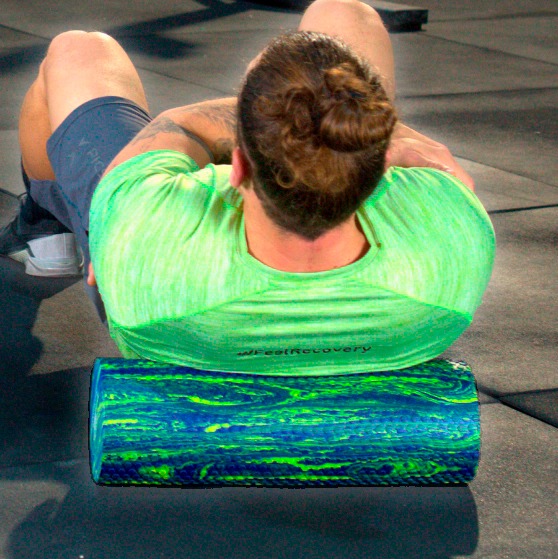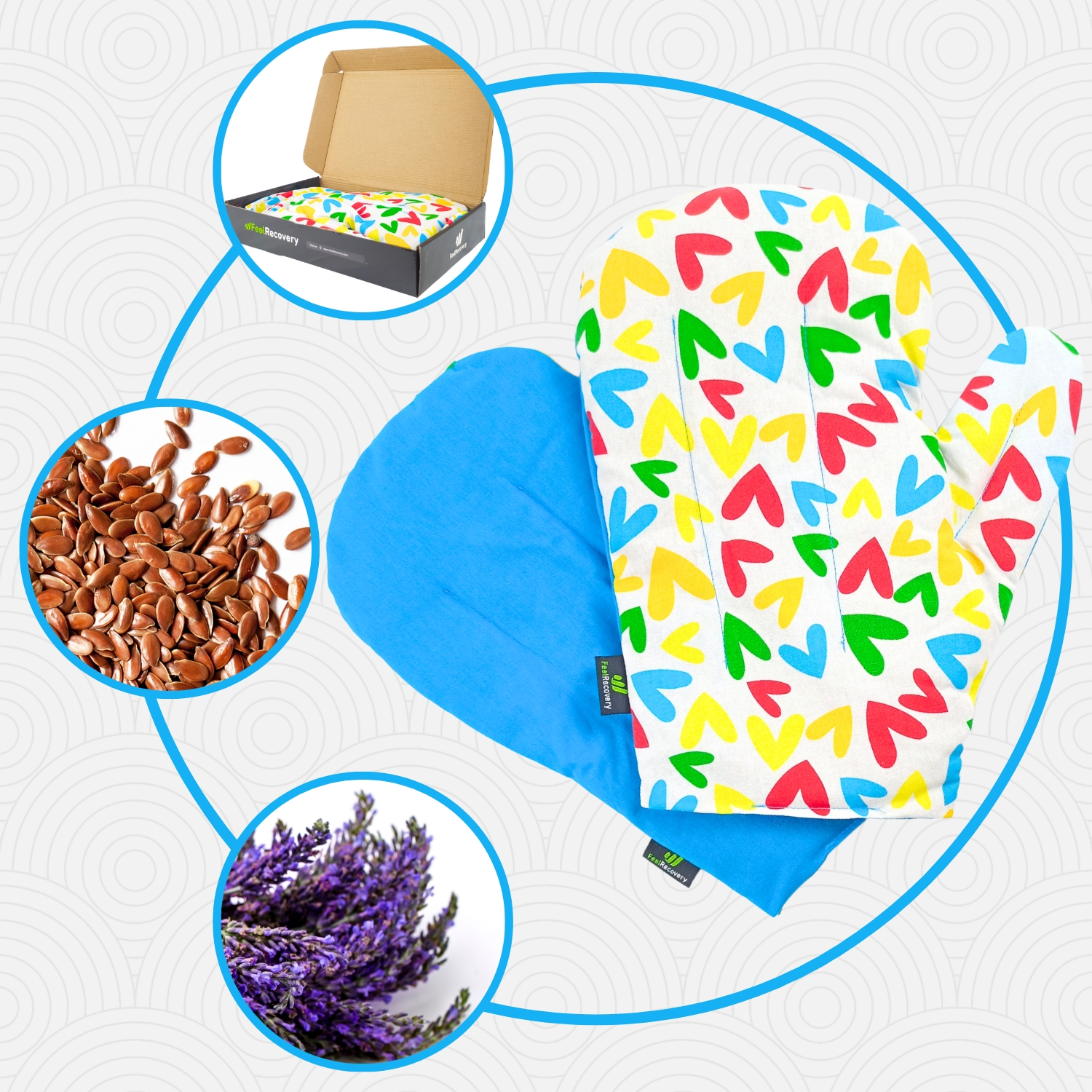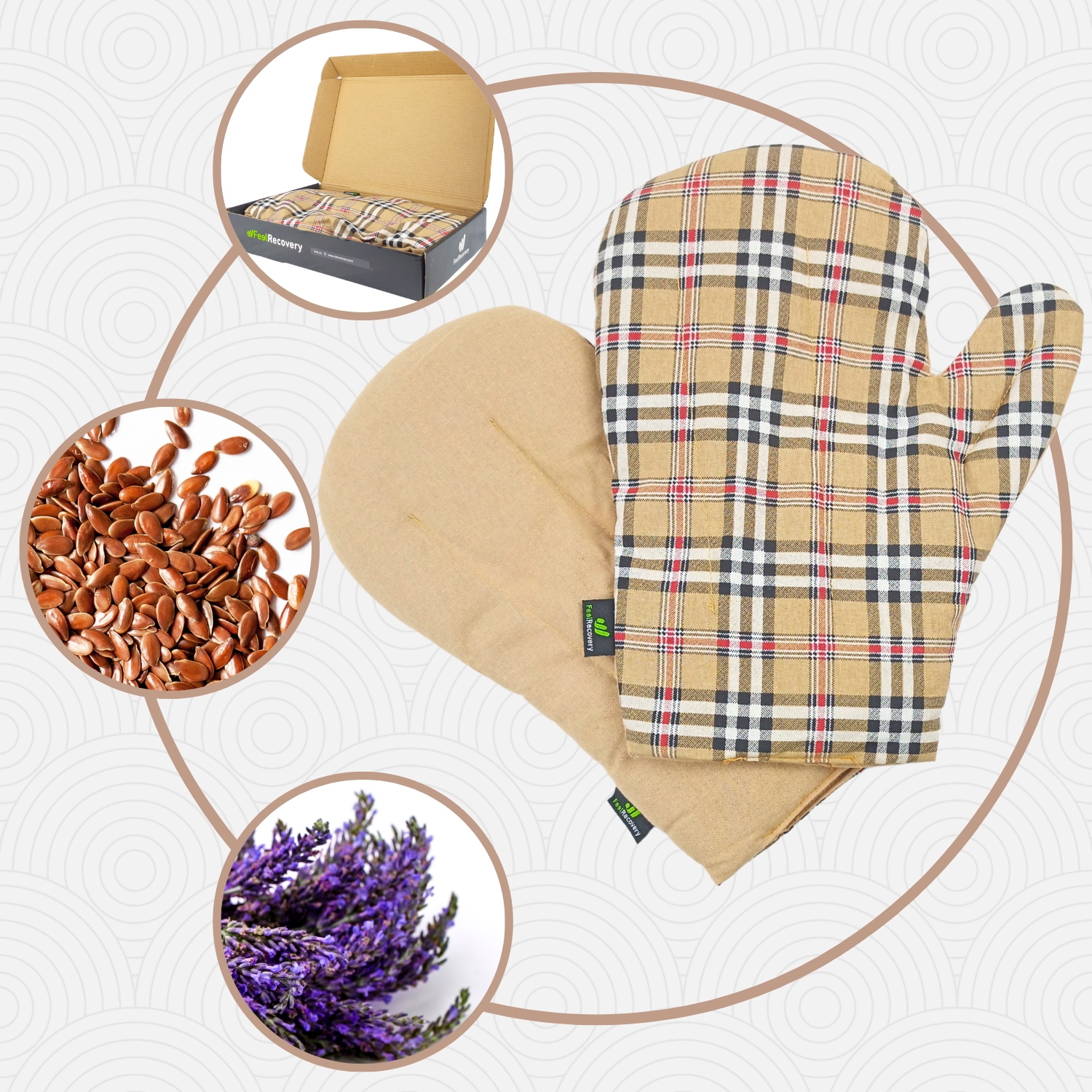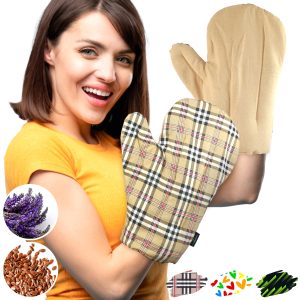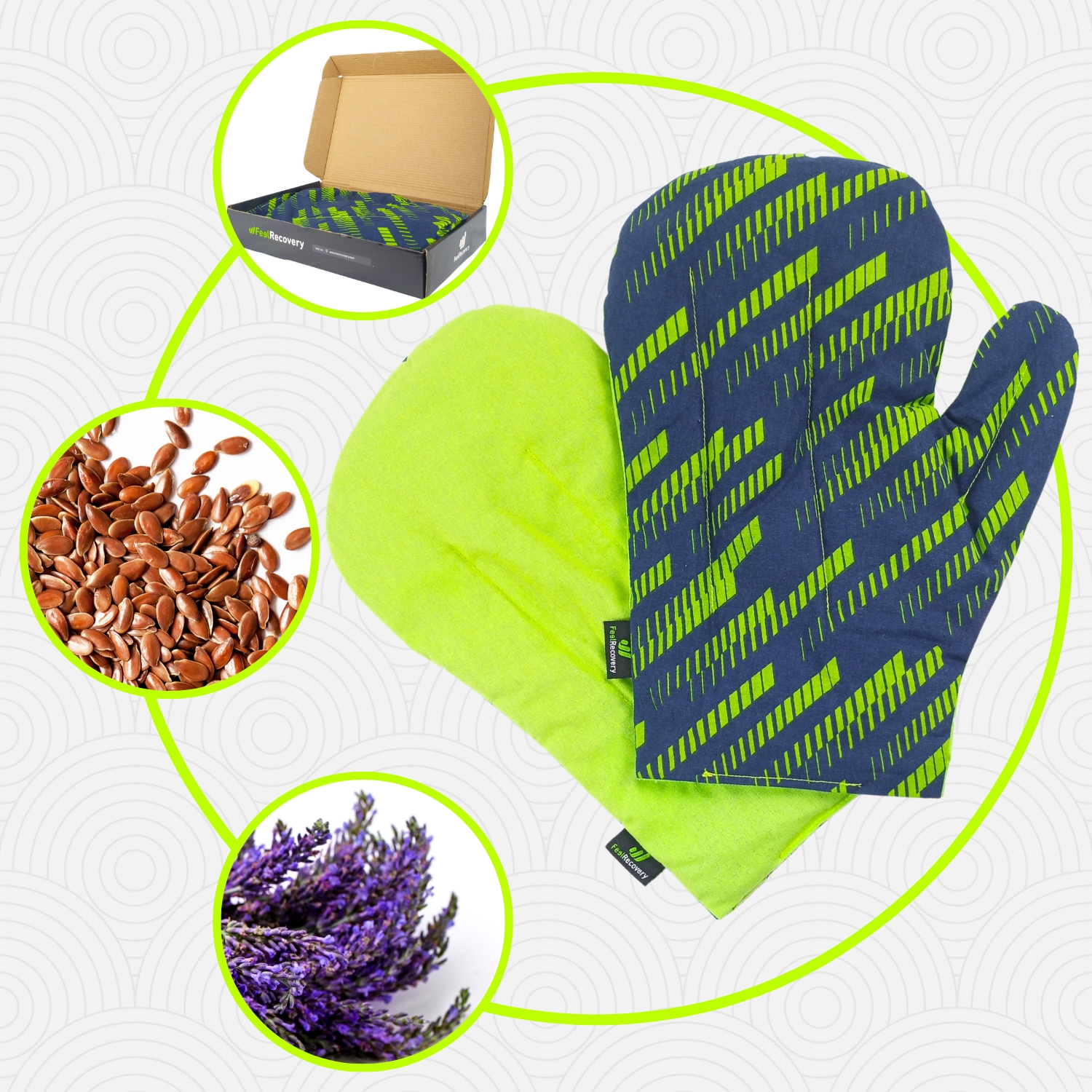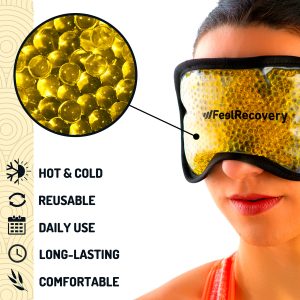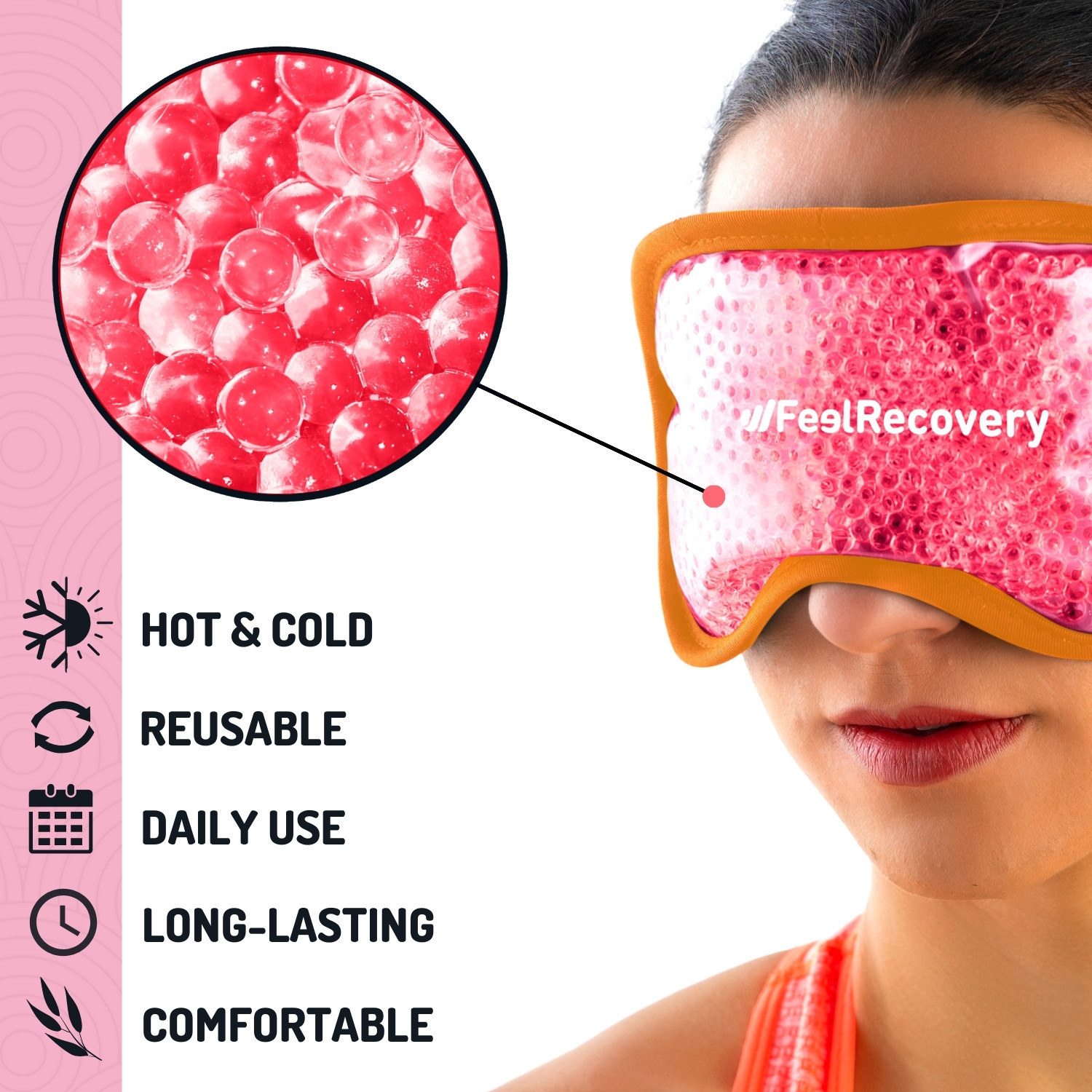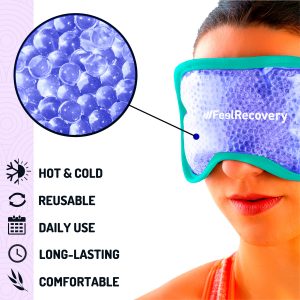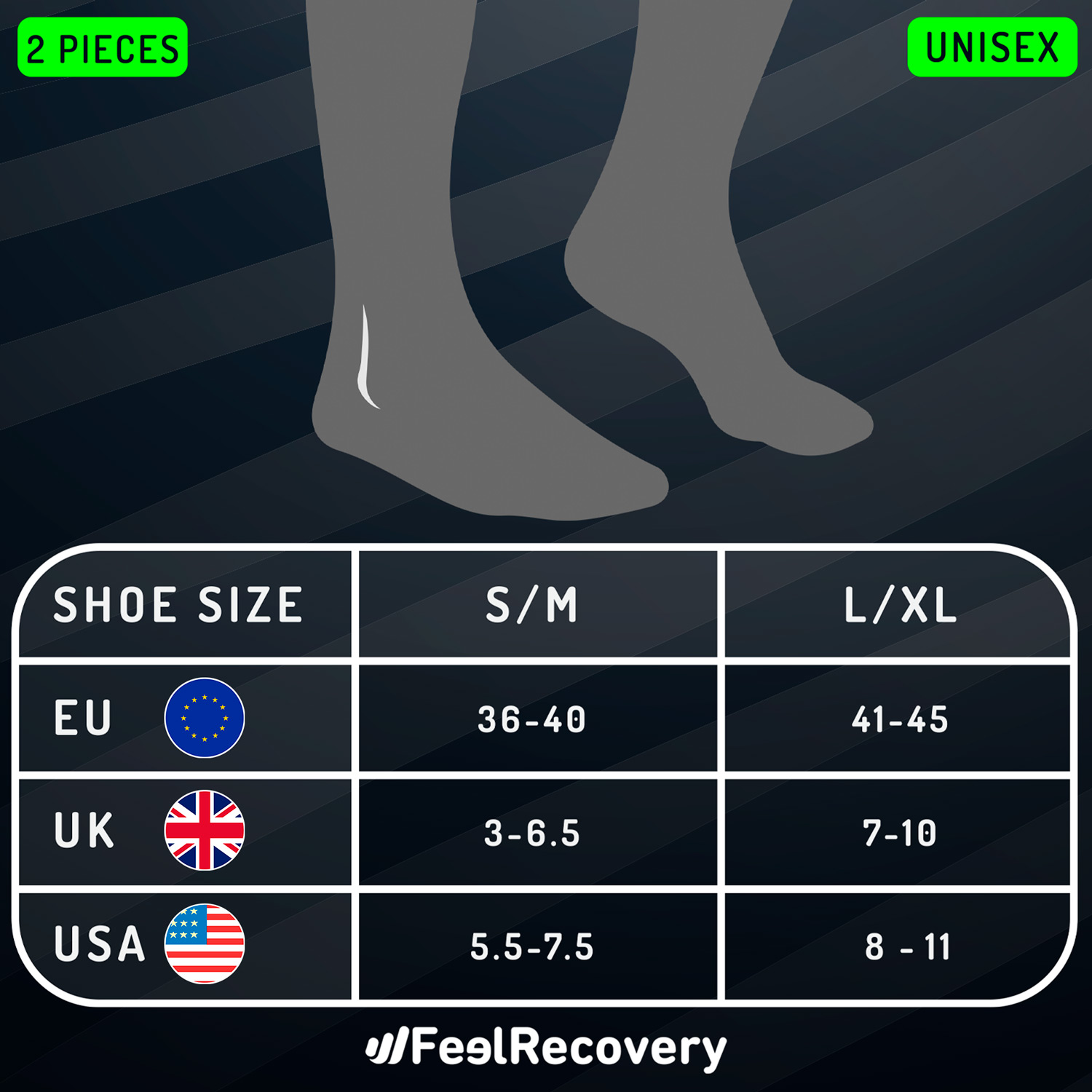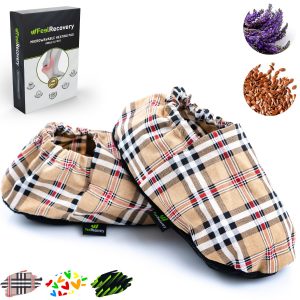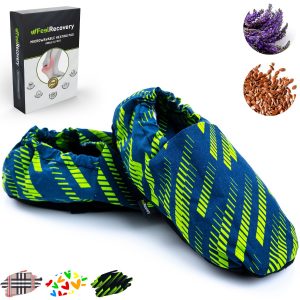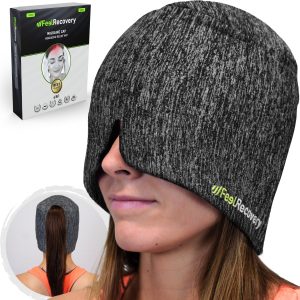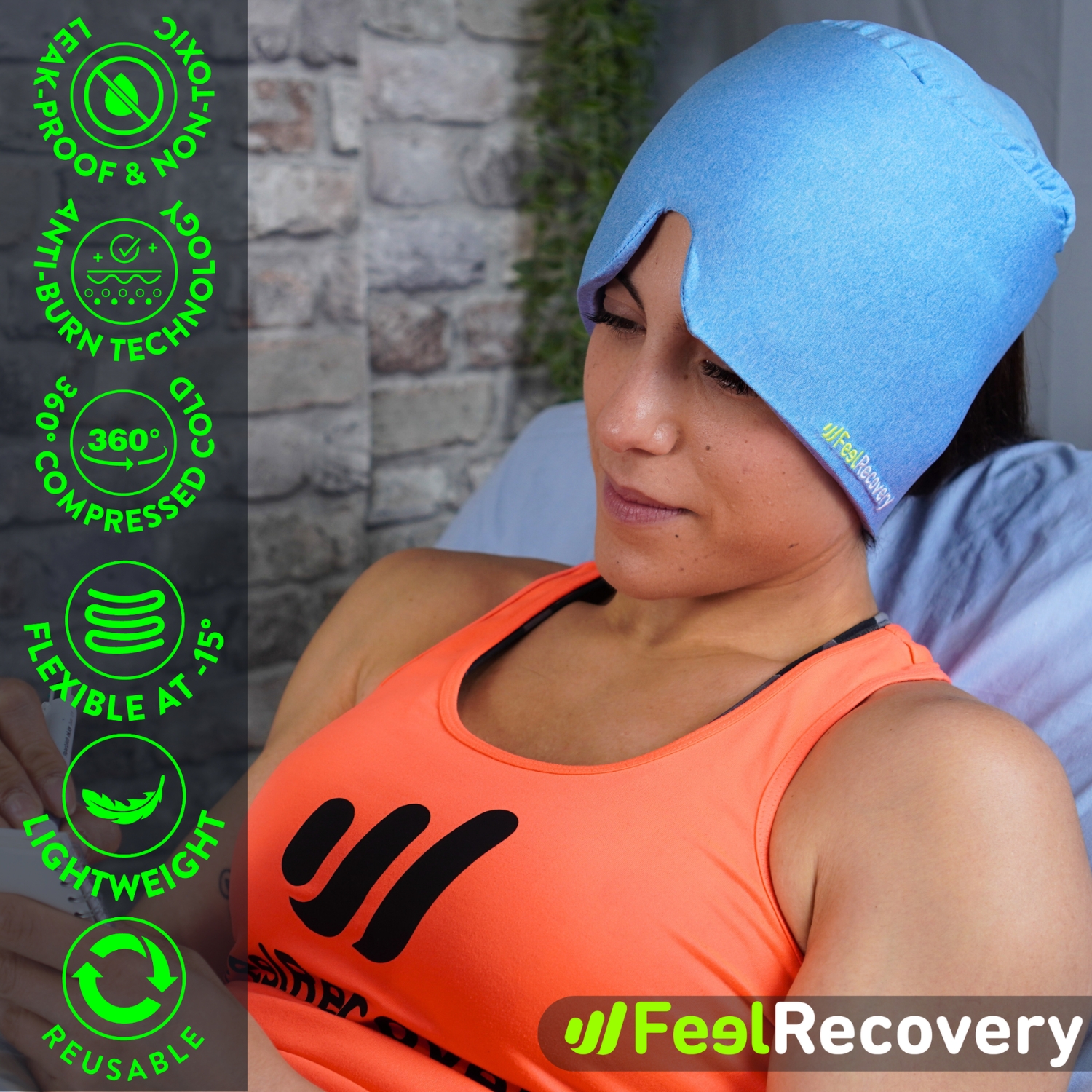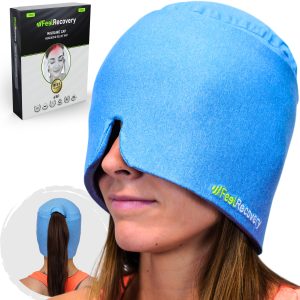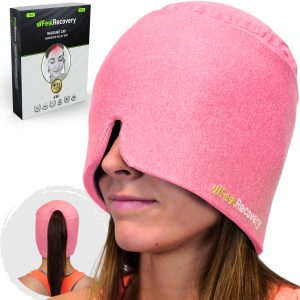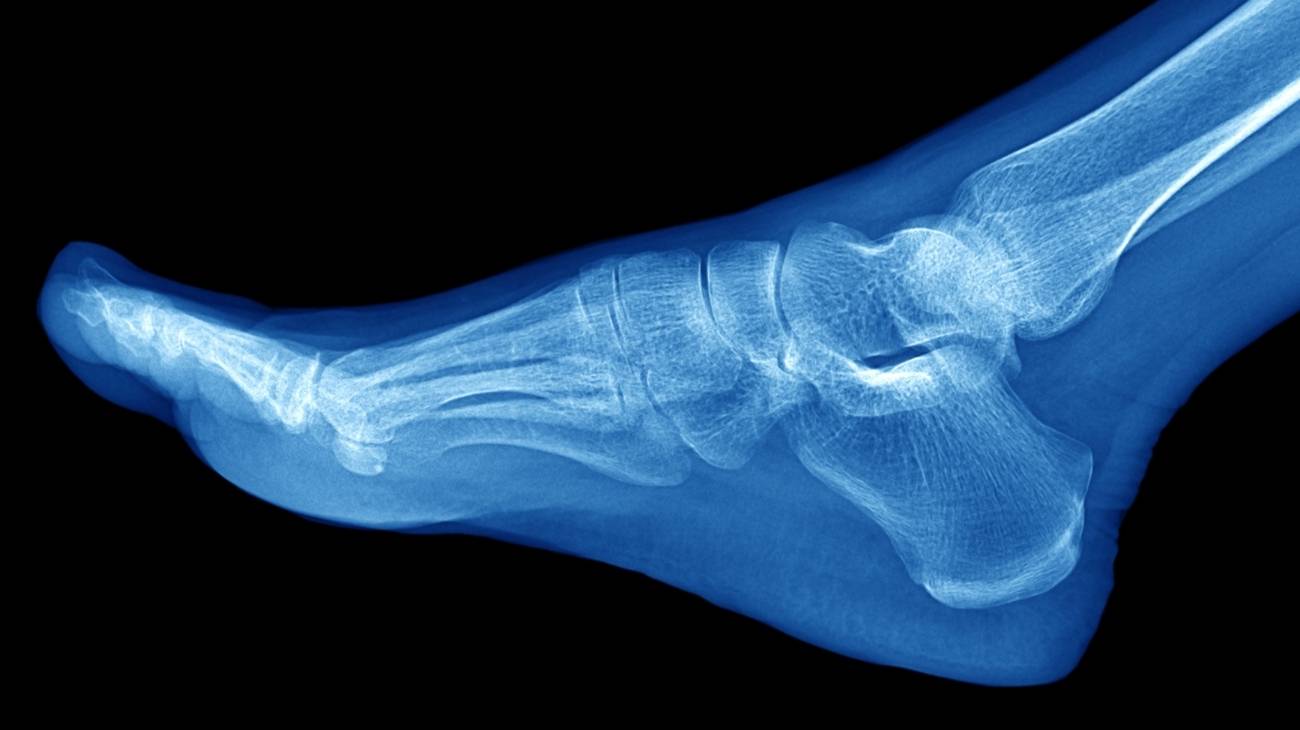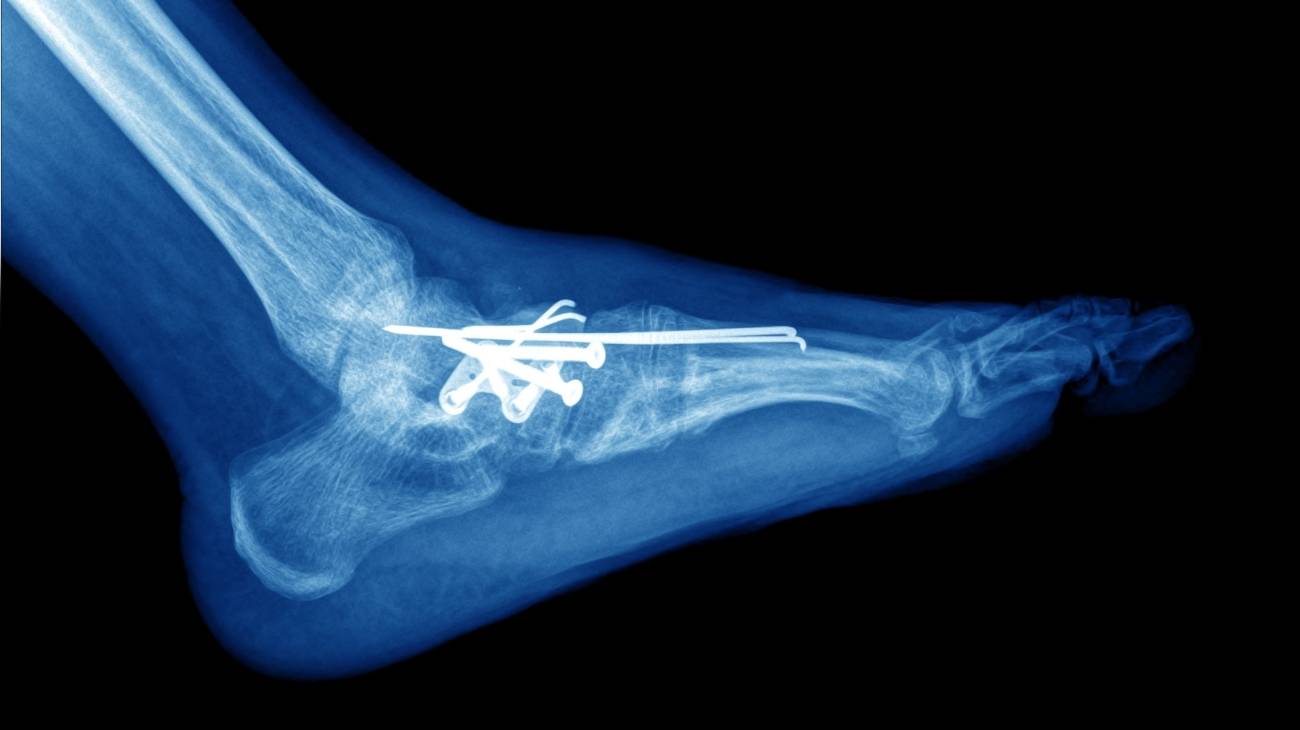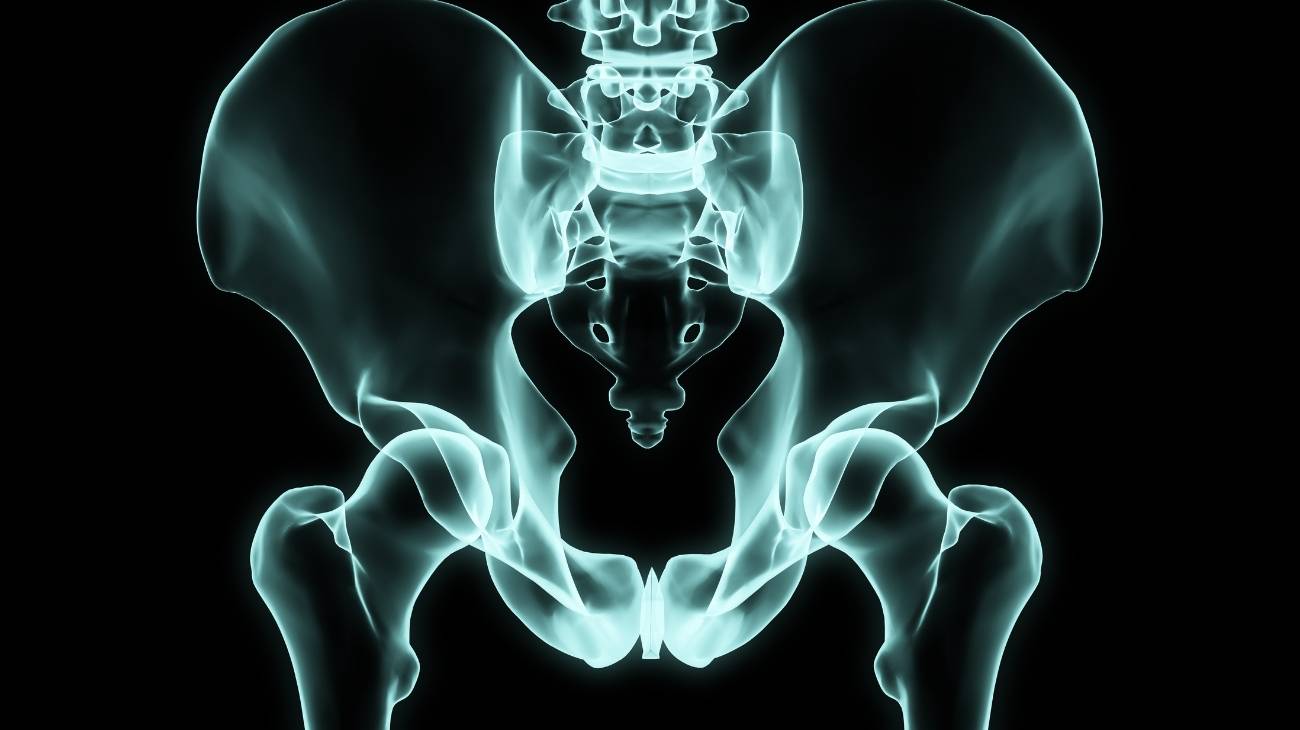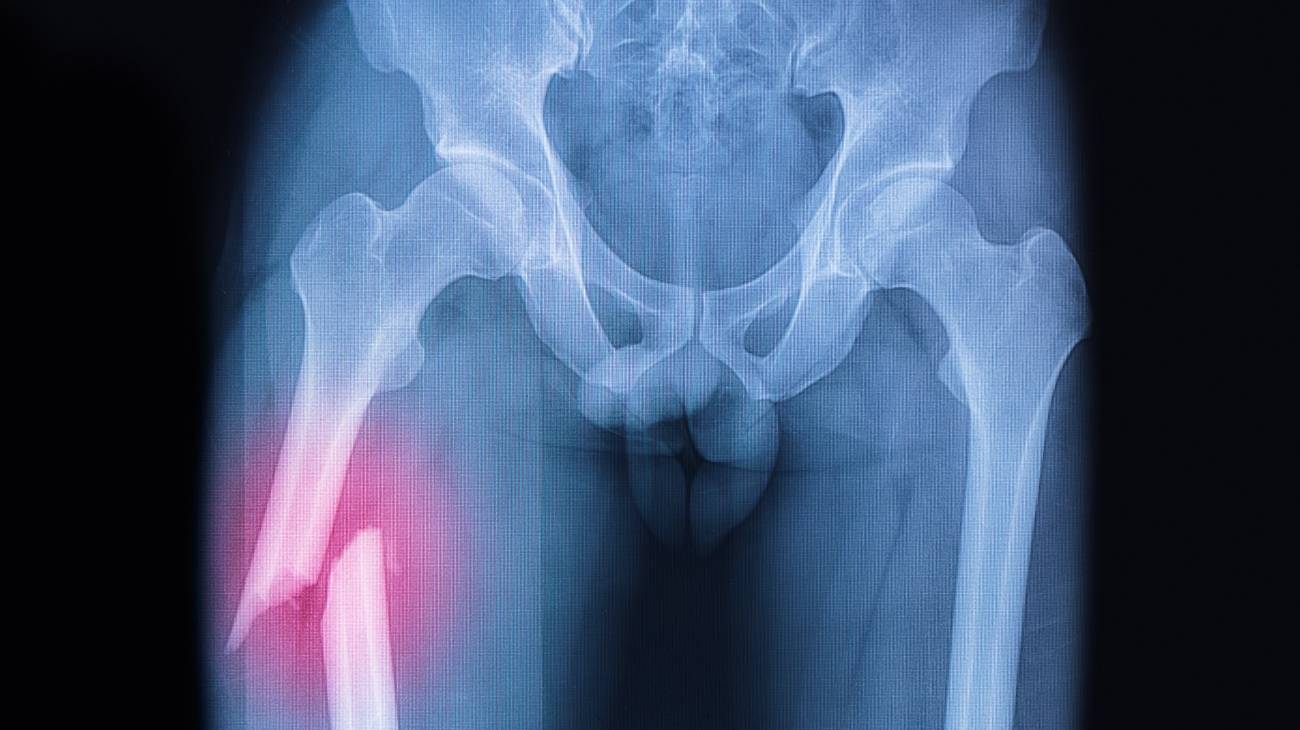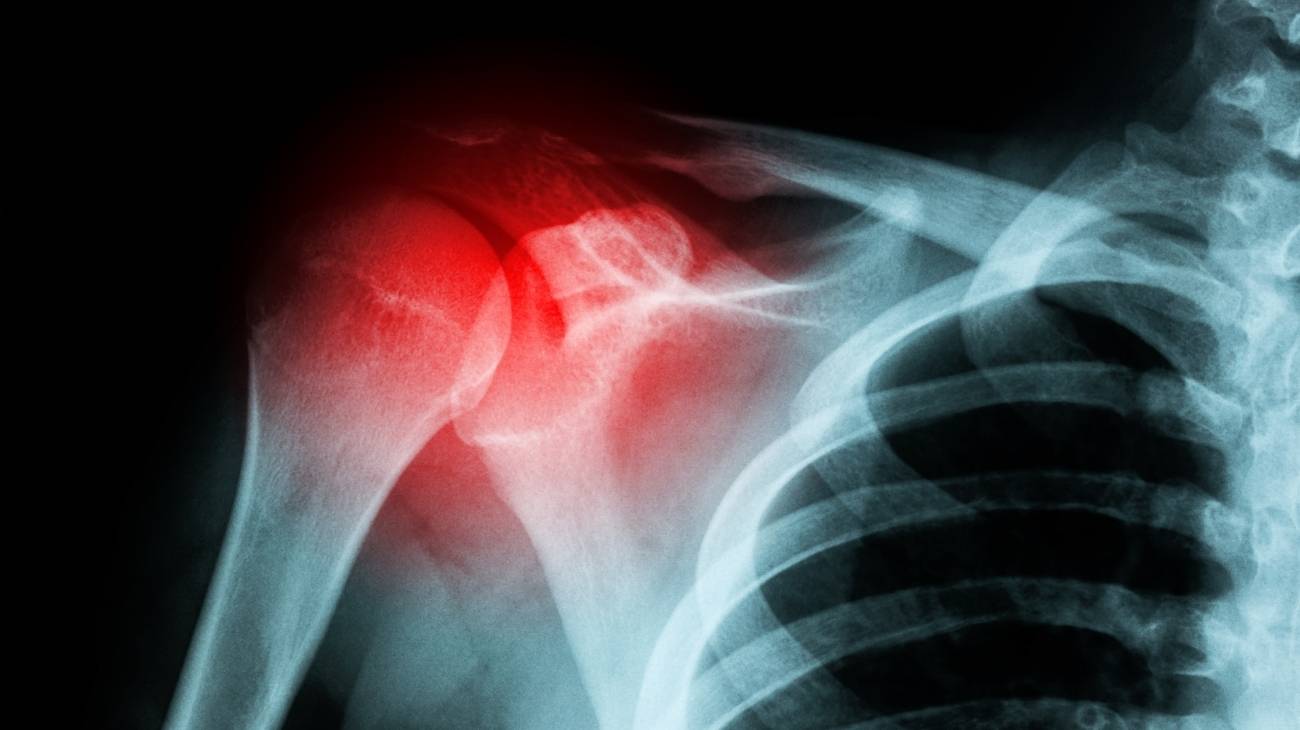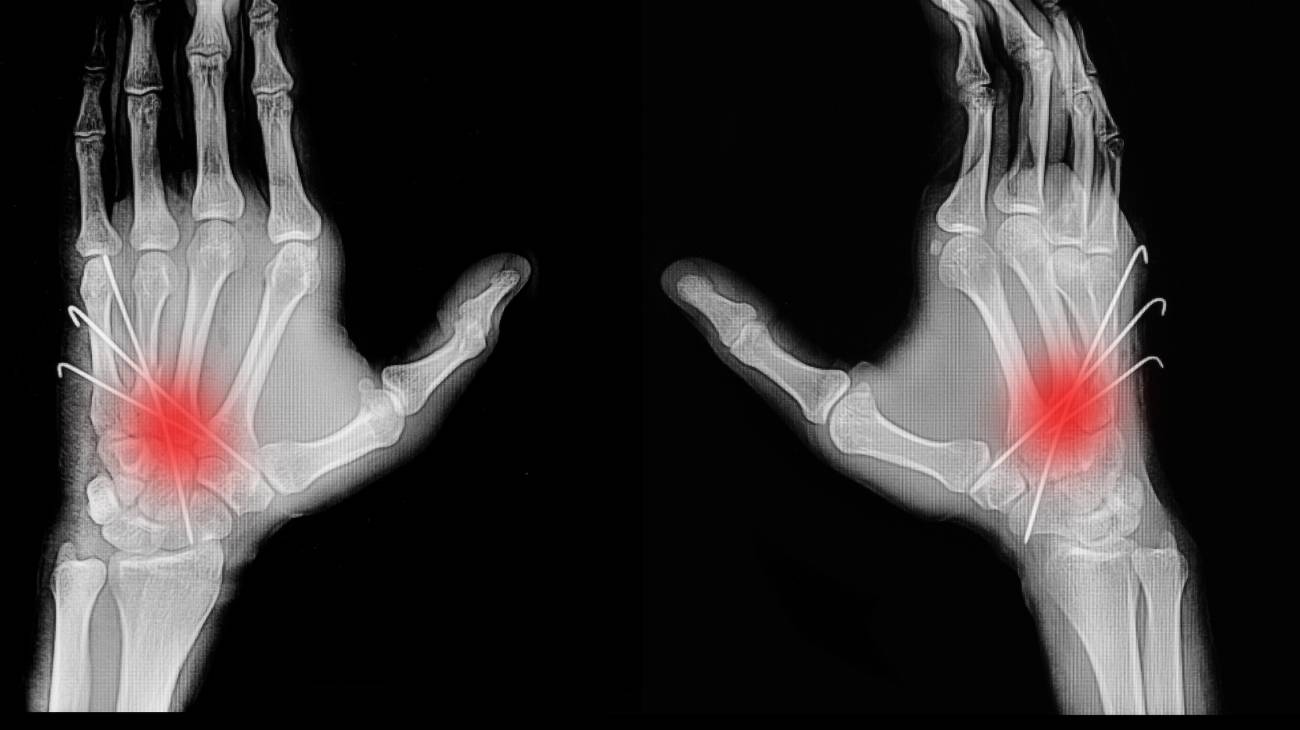Bones fractures are common injuries that occur when a bone is subjected to significant force, resulting in a break or crack. This condition can range from minor stress fractures to severe compound fractures. Symptoms include intense pain, swelling, immobility, and in some cases, visible deformities. Using the right recovery products is critical to manage symptoms, accelerate healing, and restore full function.
Compression sleeves are essential for stabilizing the affected area during recovery. They provide consistent pressure, which reduces swelling, improves blood flow, and supports the surrounding tissues. Enhanced circulation promotes faster healing, while the compression prevents excessive movement that could delay recovery. These sleeves are made from breathable, stretchable materials, ensuring comfort during prolonged use.
Cold therapy wraps are invaluable in the early stages of recovery. Applying cold therapy minimizes inflammation and swelling while numbing the pain, providing immediate relief. These wraps are ergonomically designed to contour to the affected area, delivering consistent cooling that aids in tissue repair and reduces the risk of secondary damage.
For advanced pain management and rehabilitation, TENS machines (Transcutaneous Electrical Nerve Stimulation) are highly effective. TENS devices emit electrical impulses to block pain signals and stimulate muscle fibers, improving mobility and reducing chronic discomfort. Regular use of TENS therapy can significantly enhance recovery outcomes, particularly for fractures in weight-bearing bones.
Incorporating heat therapy during the later stages of recovery can also be beneficial. Heating pads or thermal wraps increase blood circulation, relax muscles, and improve joint flexibility, preparing the body for physical therapy or strengthening exercises. Heat therapy is especially effective for managing stiffness and restoring mobility in areas affected by fractures.
Rehabilitation exercises are crucial for rebuilding strength and restoring function after a fracture. Resistance bands are ideal tools for this purpose, providing controlled resistance that allows gradual strengthening of muscles and joints. These exercises not only aid in recovery but also reduce the risk of future injuries by enhancing overall stability and flexibility.
Combining multiple therapies is often the most effective approach to recovery. Using compression sleeves for stability, cold wraps for inflammation, TENS therapy for pain management, and resistance bands for strengthening offers a holistic recovery plan that addresses all aspects of the healing process.
Feel Recovery offers a comprehensive range of high-quality products designed to support every stage of bone fracture recovery. From pain relief to advanced rehabilitation tools, our selection is tailored to help you regain mobility and confidence efficiently.
FAQ: Frequently Asked Questions
What are the best products for bone fracture recovery?
Compression sleeves, cold therapy wraps, and TENS machines are highly effective for managing pain, reducing swelling, and stabilizing the affected area. Resistance bands are essential for rebuilding strength during rehabilitation.
How can I choose the right compression sleeve for a fracture?
Measure the circumference of the affected area and consult the product sizing guide. A proper fit ensures optimal support and comfort during recovery.
Can these products help prevent complications during recovery?
Yes, using tools like compression sleeves for stability and cold wraps for inflammation control can prevent complications such as swelling and delayed healing. Maintaining proper care is key to avoiding setbacks.
Are these products safe for individuals with sensitive skin?
Most products are made from hypoallergenic materials, ensuring they are safe for users with sensitive skin. Always review the product details for specific material information.
How do I care for and maintain my recovery products?
Hand-wash compression sleeves and cold wraps with mild soap and cold water. TENS machine pads should be wiped clean after use. Proper care ensures durability and effectiveness over time.




